Flatlander Underground Issue 1.4 Spring 2010 Weather | Performance
The Flatlander Underground Collective (Candice Amich, Justin Bigos, Melanie Ross, and Erin Stalcup) has just released its latest issue of writing and visual art that explores, in a very timely fashion, “weather aesthetics.” I’m happy to have contributed two new poems as a guest participant; thanks to the FU for inviting me. Also check out a new piece by Estela Lamat — her first poem composed in English!
Here’s the issue statement:
“Underwater cabinet meetings to demonstrate the danger of rising sea levels, meetings at the base of Mount Everest to call attention to melting Himalayan glaciers, and hundreds of thousands of bodies coming together in hundreds of cities around the globe to choreograph themselves into the shape of 350.* These creative actions for climate justice in the lead-up to last December’s Copenhagen summit inspire us to deepen our exploration of the relationship between weather and performance. For this issue, we are especially interested in thinking about climate through art and staging. We have invited submissions that treat weather as performance; perform (or creatively interpret) weather; and that weather (as in to expose to the action of elements) performance.”
One of my poems takes up the very popular technique of erasure as it appropriates Wallace Stevens’ 1940s poem “Forces, The Will & The Weather”:
I remember having a conversation a few months ago with a seasoned and well-established poet who remarked that there was a kind of “bandwagon” effect forming around erasure poetry. Indeed, the current popularity of erasure is undeniable, but the anxiety of trendiness aside, I don’t see why this popularity has to be necessarily a negative thing.
Since Man Ray’s 1924 untitled piece (above), there has been a significant and growing body of erasure poetry in the Anglo-American tradition. Ronald Johnson’s RADI OS (1977) and Tom Phillips’ A Humument (1970) are, by now, classic examples. And recent books of interest by women writers abound: Jen Bervin’s Nets (2004), Mary Ruefle’s A Little White Shadow (2006), Janet Holmes’ The ms of my kin (2009), and Matthea Harvey’s forthcoming collaboration with Amy Jean Porter Of Lamb (2011). One can also visit various websites like Wave Poetry’s Erasures where one can choose a source text and save the subsequent poem to a large database (here is my modest example based on an exceprt from Henry James’ story “A Bundle of Letters”).
In this latter example, the practice of erasure, I think, offers a useful poetic exercise — not unlike practicing some difficult scales or arpeggios or making oneself write a sonnet or series of quatrains — a way to keep one’s linguistic capabilities primed and limber. But I do believe this technique can yield a wide variety of interesting results and the small list above attests to that. Moreover, the impulse to grab a piece of existing text and alter it connects to a much wider cultural desire, something that David Shields has recently called, in a different context, “reality hunger” — the desire of the artist to break “larger and larger chunks of ‘reality’ into their work.”
Regarding Travis Macdonald’s eye-opening erasure of The 9/11 Commision Report, The O Mission Repo (2008), I’ve tried to argue that the erasure poem (like the sonnet or any other received form for that matter) can serve a wide variety of cultural functions. The perception that so many people (perhaps too many?) are doing it seems to miss the point. In my case, erasure seemed like the perfect vehicle to respond to a particularly pressing environmental crisis and provided an interesting entry point through which to playfully take up Stevens’ ideas of negativity for an all-too serious purpose.
…as poets, as artists, we do want meaning to remain in our words, and not have the essence of our lives and visions become like that moment when Robert Rauschenberg erases the de Kooning drawing and says that the erasure is his work of art.
–Yusef Komunyakaa, Introduction to The Best American Poetry 2003
For more background information on erasure, see Macdonald’s excellent essay from Jacket magazine called “A Brief History of Erasure Poetics” which begins, “The poetry of erasure is taking place all around us. Underneath the pavement, behind newspaper headlines, on paste-layered billboards and graffiti-laden walls, our communal landscape is continuously peeling away and papering over itself.” Again, we have the important emphasis here that erasure can be a fruitful way for us to directly participate and adapt our surrounding linguistic and discursive atmosphere. Pace Komunyakaa, who perhaps has an overly polarized understanding of authentic expressivity and conceptuo-formalist experimentation, this is nothing other than the creation of new meaning.






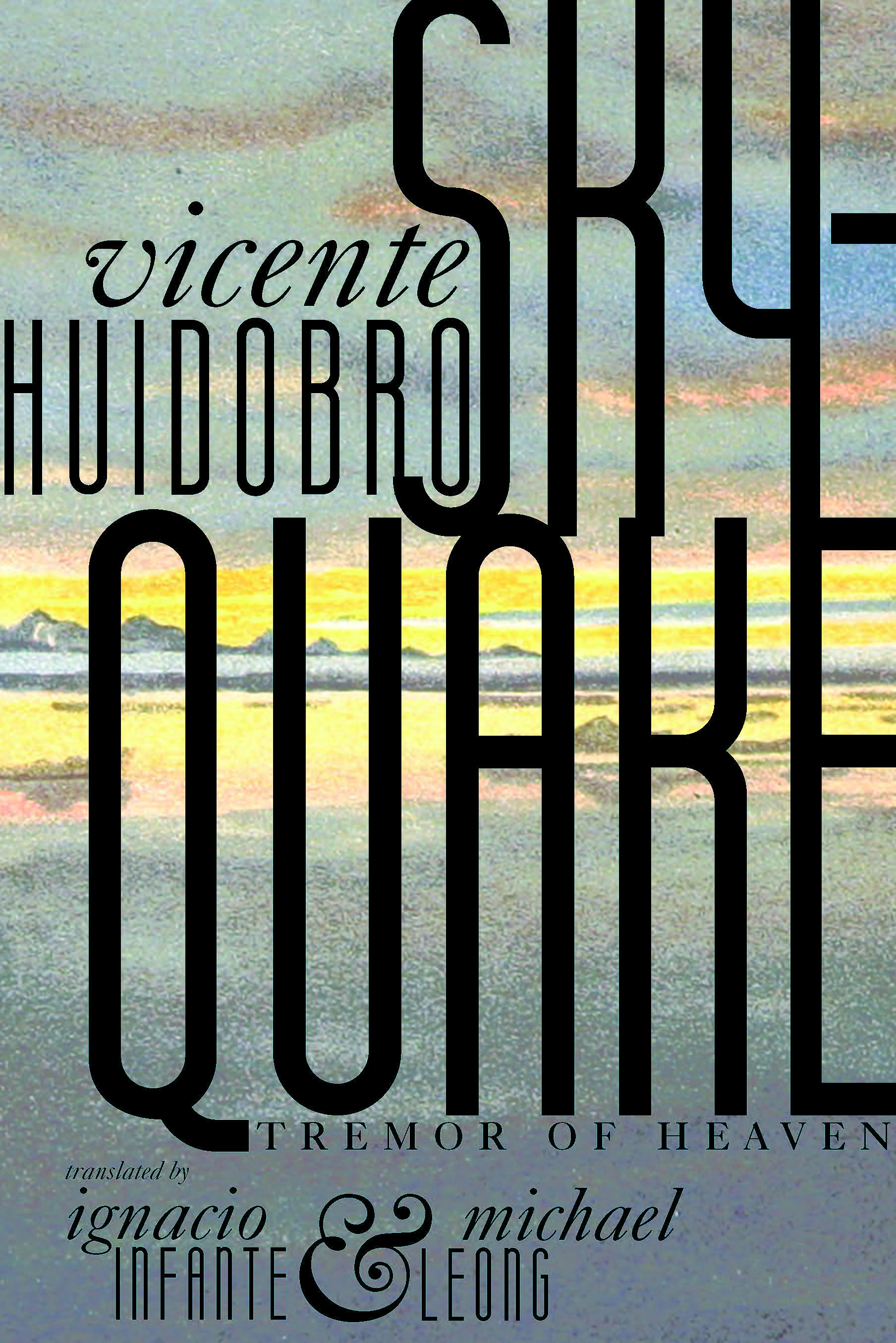



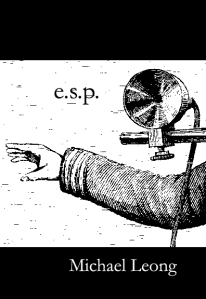
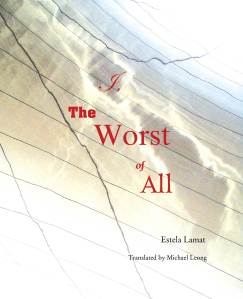


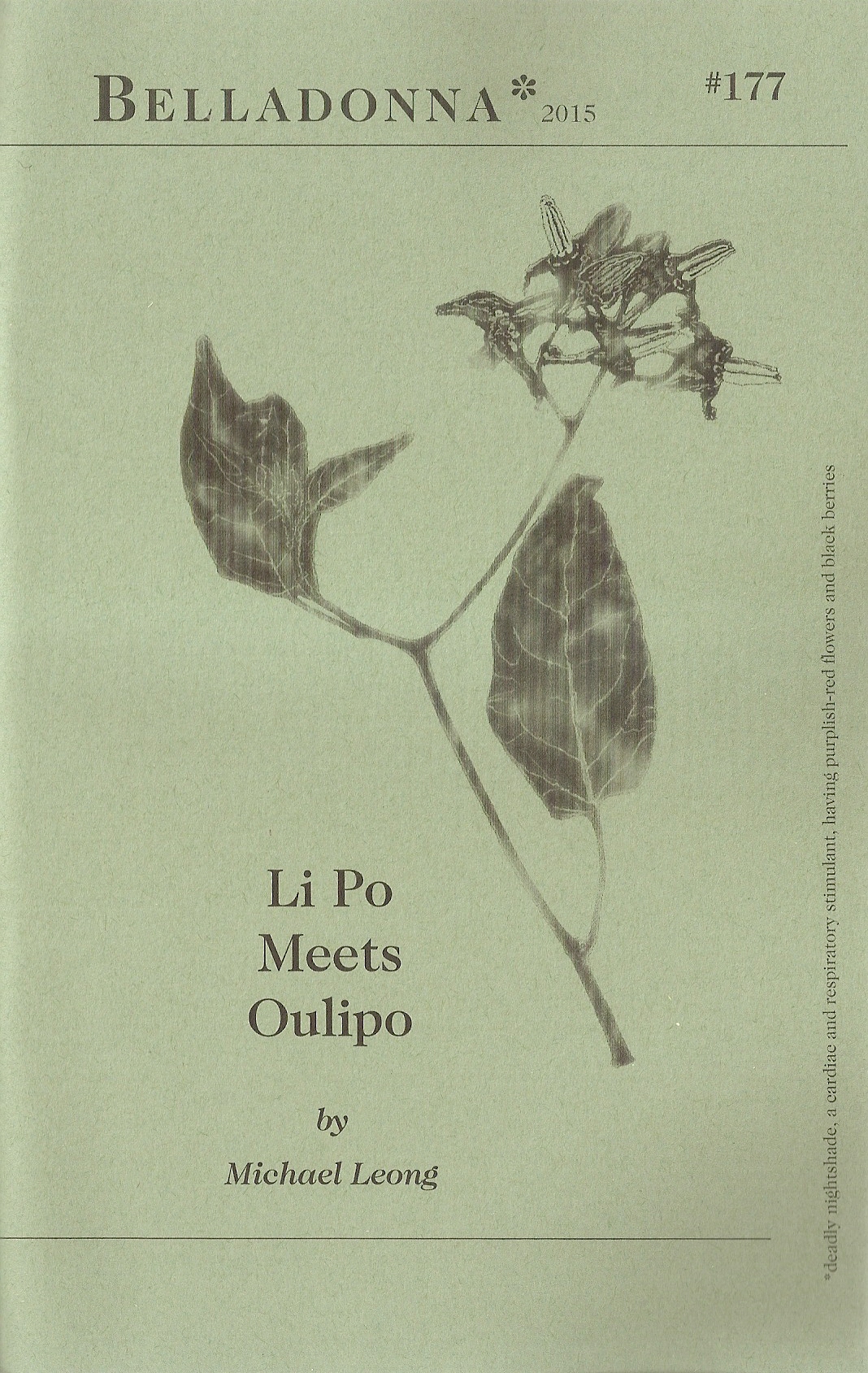
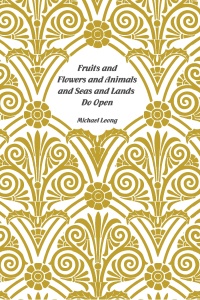
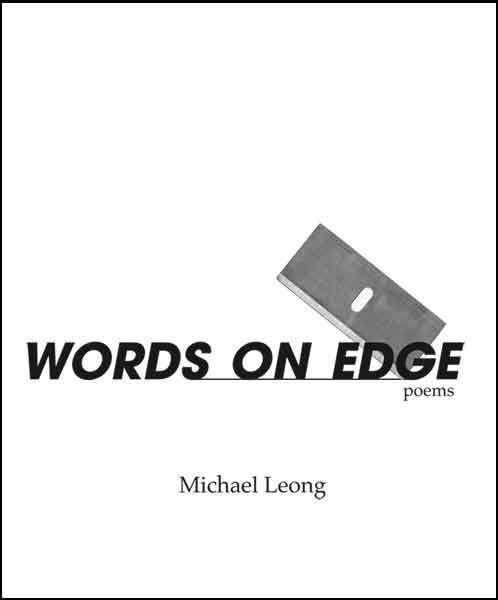




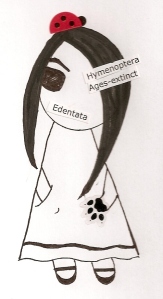
This poem seems like an affectionate erasure/interaction with Stevens! It reminds me of one of my favorite Marvell poems, which is also about forces, the will, and the weather – and about erasure, in the sense of cutting:
The Mower Against Gardens
My mind was once the true survey
Of all these meadows fresh and gay,
And in the greenness of the grass
Did see its hopes as in a glass ;
When Juliana came, and she,
What I do to the grass, does to my thoughts and me.
But these, while I with sorrow pine,
Grew more luxuriant still and fine,
That not one blade of grass you spied,
But had a flower on either side ;
When Juliana came, and she,
What I do to the grass, does to my thoughts and me.
Unthankful meadows, could you so
A fellowship so true forego,
And in your gaudy May-games meet,
While I lay trodden under feet?
When Juliana came, and she,
What I do to the grass, does to my thoughts and me?
But what you in compassion ought,
Shall now by my revenge be wrought ;
And flowers, and grass, and I, and all,
Will in one common ruin fall ;
For Juliana comes, and she,
What I do to the grass, does to my thoughts and me.
And thus, ye meadows, which have been
Companions of my thoughts more green,
Shall now the heraldry become
With which I shall adorn my tomb ;
For Juliana came, and she,
What I do to the grass, does to my thoughts and me.
Typed the wrong title, by the way! That’s “The Mower’s Song.”
Thanks so much for your remarks and for posting the Marvell, Scott. I love that become/tomb slant rhyme in the last stanza – great poem!